1. Seedling period to branching stage. The important period of soybean vegetative organ formation is also the period when flower buds begin to differentiate. In this period, any element of nitrogen, phosphorus and potassium is not only inhibited from initial fertility, but even after normal nutrient conditions are restored, late birth is not good. For example, there is enough phosphorus in the soil at the seedling stage to increase the number of flower bud differentiation. On the basis of applying the base fertilizer, the fertilizer is mainly applied and the phosphate fertilizer is reapplied. The organic fertilizer has long and stable effect, and can not only meet the needs of soybeans to absorb nutrients from the seedling stage to the branching stage, especially in line with the requirement of more fertilizer in the late growth stage of soybean. Direct application of inorganic nitrogen fertilizer in fertile soil has little effect on increasing yield. Even applying more nitrogen fertilizer will inhibit the growth of soybean nodule and reduce nitrogen fixation, but reduce production.
2. Flowering period. The demand for nitrogen, phosphorus and potassium is growing rapidly. Two-thirds of the total amount of nitrogen, phosphorus and potassium is absorbed after the flowering period. During this period, nitrogen and calcium deficiency increased flower pod exudation rate and grain yield was seriously affected. The nutritional diagnosis can be carried out by means of tissue analysis method: the nitrogen content (up to dry weight) of the uppermost layer of the late stage of flowering is less than 4.0%, and the excess is above 7.0%; the phosphorus content is below 0.15%, and the deficiency is more than 0.8%. Excess; the potassium content of 1.25% or less is lacking, and 2.75% or more is excessive.
3. Pod to the bulge period. A critical period of soybean production. The inorganic nitrogen absorbed by the roots, the nitrogen fixation of the nodules, and the nitrogen stored in the stems and leaves are transported to the flower pods. In this period, if the supply of nitrogen, phosphorus and potassium is insufficient, grain production is seriously hindered. From 10 days before the final flowering period to 3 to 4 weeks after the end of the flowering period, it is the period in which the fertilizer nitrogen and symbiotic fixed nitrogen have the highest grain production efficiency. For every 1 gram of nitrogen uptake, the weight of the grain can be increased by 15-18 grams.
At this time, soybean nutrition mainly depends on the base fertilizer applied in the early stage or the top dressing in the flowering period. At the blast stage, especially at the end stage, nitrogen, phosphorus and potassium are transferred from the leaves and stem parts to the grains. The mature seeds contain 68% of the total nitrogen absorbed, 73% of the total phosphorus, and 56% of the total potassium.
Disclaimer: Some articles on this website are transferred from the Internet. If legal rights of third parties are involved, please inform this website. phone
Personal protection is particularly important at the moment when the new crown epidemic is rampaging around the world. Our company produces ordinary respirators, medical masks, Protective Clothing, goggles, surgical gowns, disinfectant hand washing gels and other products, which are suitable for daily protection. Welcome to consult and purchase.
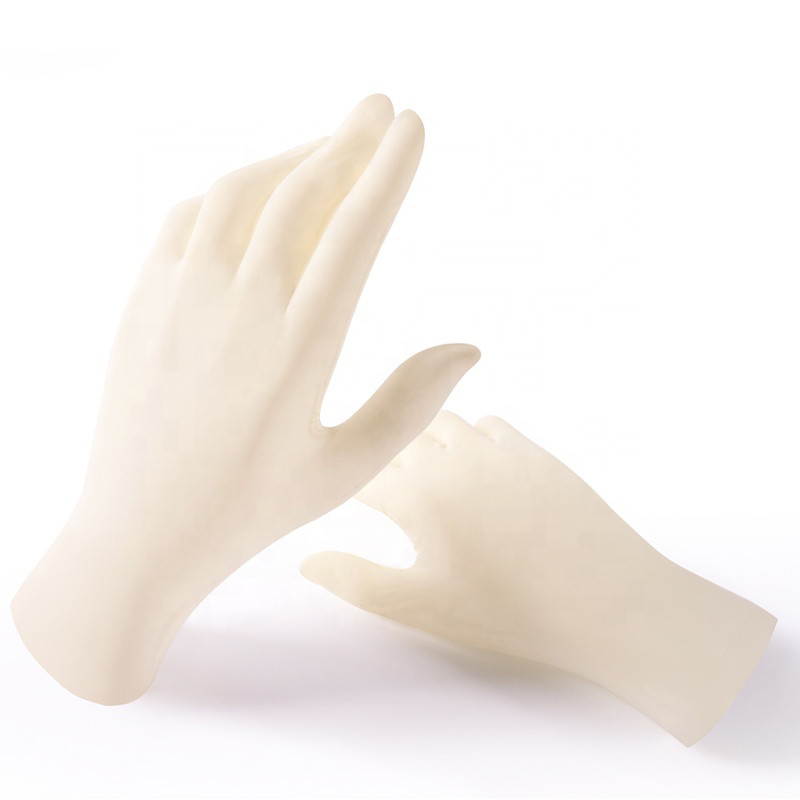
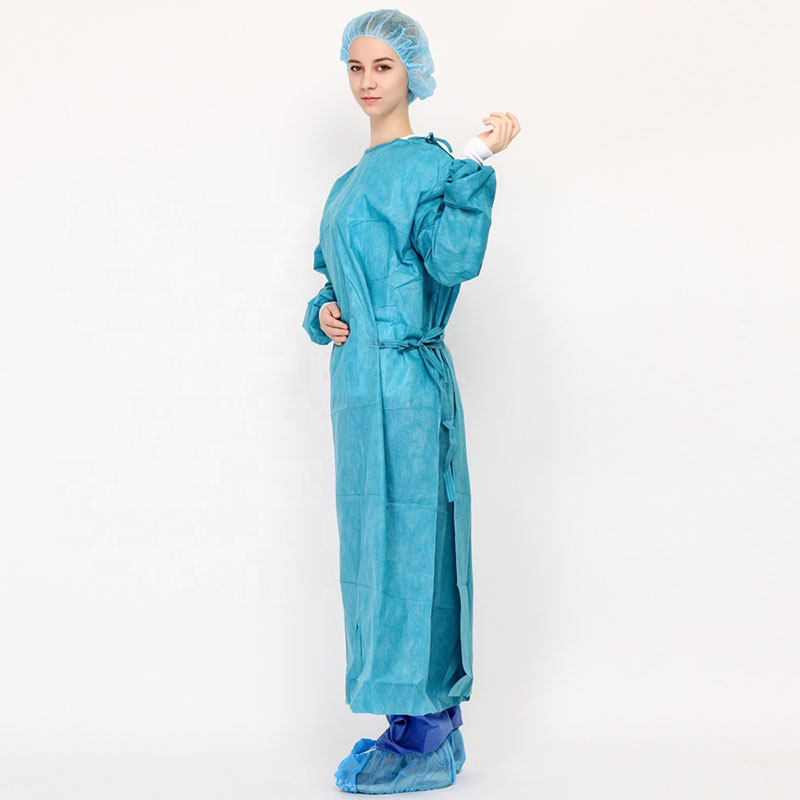
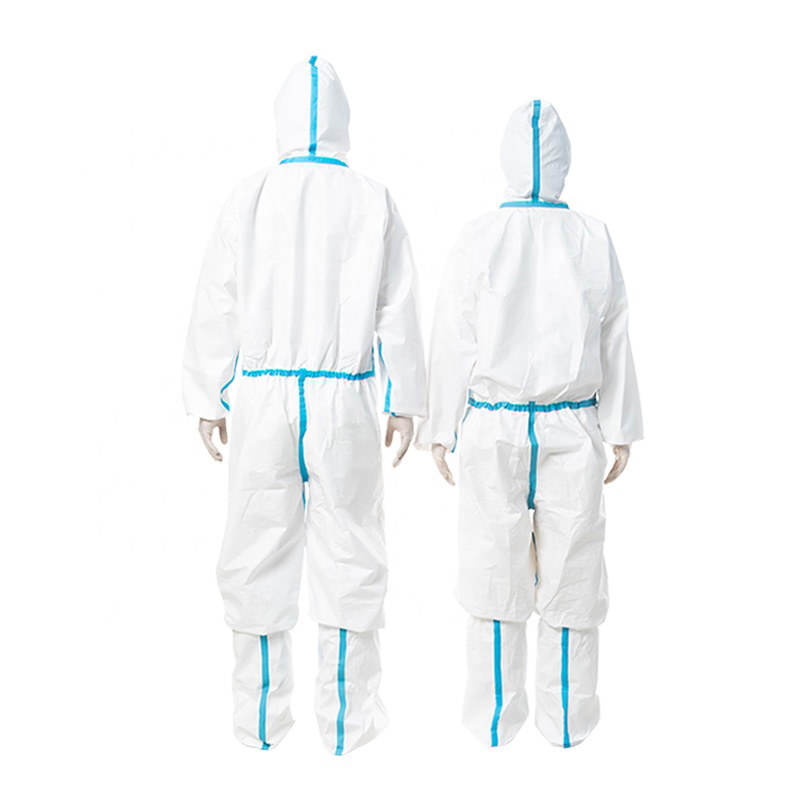
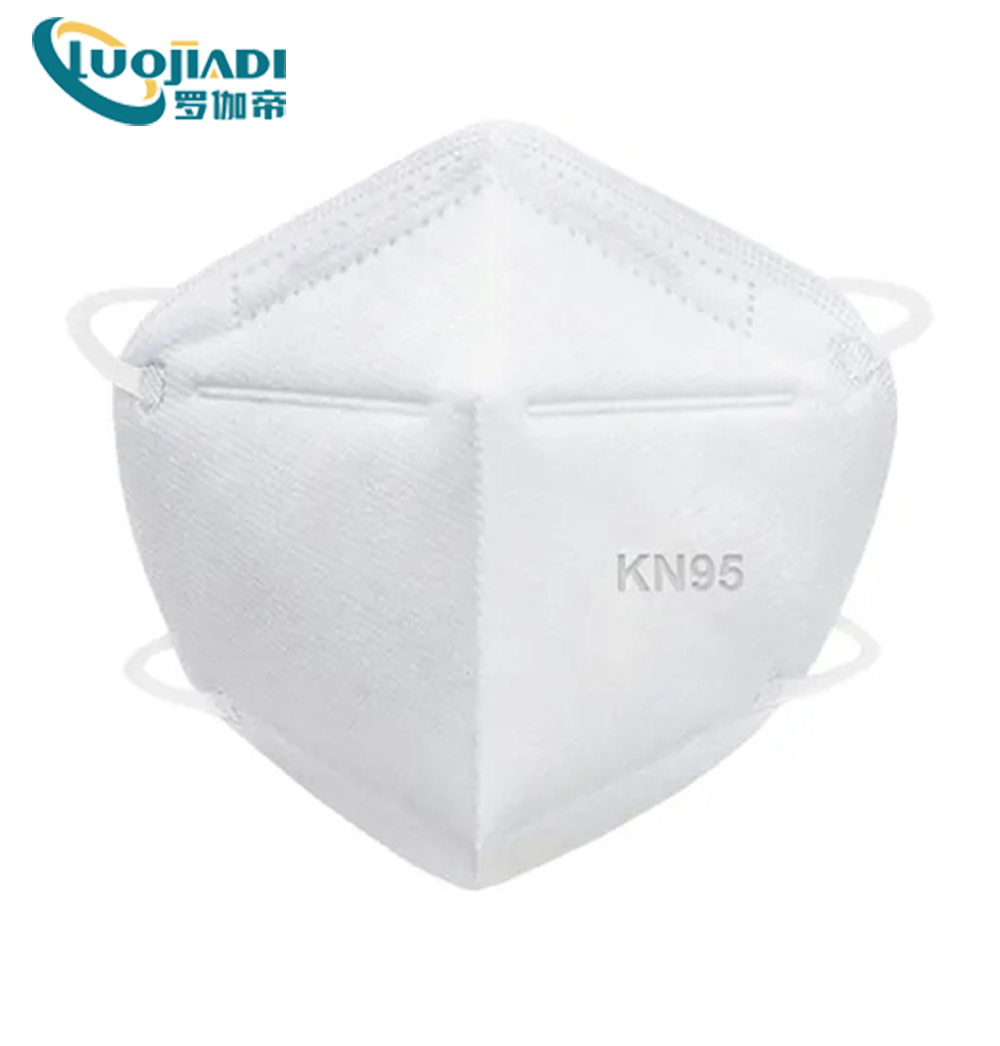
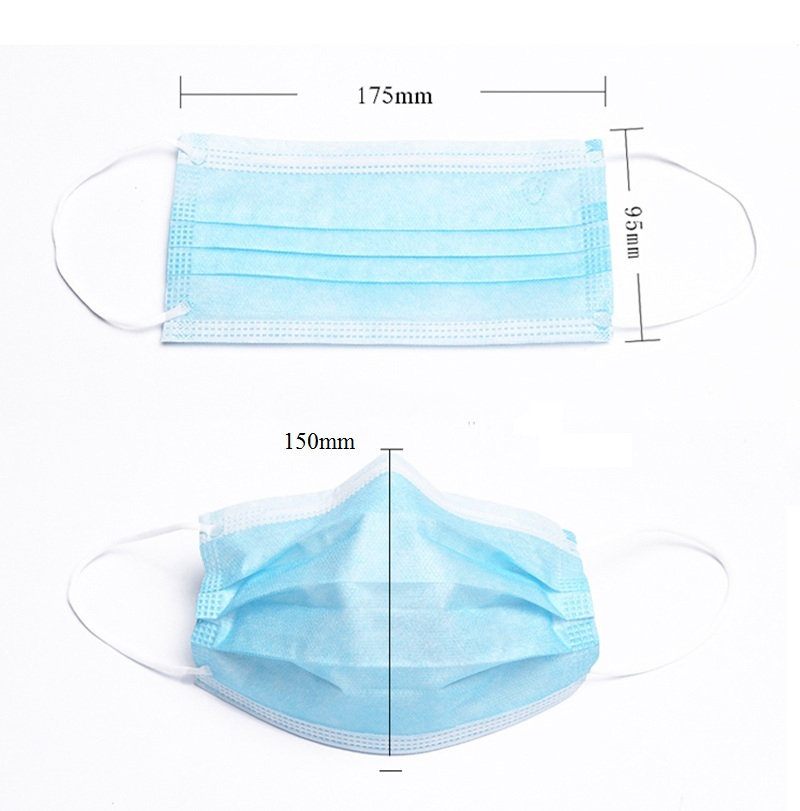
Personal protection,face mask,surgical gown,protctive goggles,protective clothing
Shanghai Rocatti Biotechnology Co.,Ltd , https://www.ljdmedicals.com